Understanding Spindle Price Dynamics
The term "spindle price" refers to the cost associated with acquiring a spindle, a crucial component in various machining tools. Spindles play a pivotal role in the operation of equipment such as milling machines, lathes, grinders, and drills. They are responsible for holding and rotating the cutting or shaping tools, enabling them to sculpt materials into desired forms. The diversity in spindle design caters to specific operational needs, ranging from the intricacy of miniature component crafting to the robustness required for heavy metalworking.
Types and Configurations of Spindles
When considering a spindle for purchase, it's essential to understand the different types available. The market offers a variety of configurations, including right-angled spindles for horizontal tool placement and cartridge spindles that remain fixed during operation. Adapters vary, with some designed for single tool connection while others accommodate multiple tools, often used in automated CNC machinery. The spindle bearing type is another critical factor, with options like ceramic, air, angular contact, and tapered roller bearings each providing distinct advantages in precision and load capacity.
Applications and Features
The application of a spindle is as varied as the machines they serve. From lathe spindles to those designed for drill presses and milling machines, each spindle is engineered to meet the demands of the task at hand. Features such as rotational speed, torque, and power define a spindle's suitability for specific materials and machining processes. The spindle motor type, whether electric, pneumatic, or hydraulic, also influences performance characteristics like speed control and force generation.
Materials and Advantages
Spindles are constructed from a range of materials, each selected for its properties that enhance performance and longevity. For instance, high-strength alloys are favored for their durability and resistance to the stresses of high-speed operation. The advantages of choosing the right spindle extend beyond mere functionality; they also contribute to the precision and efficiency of the machining process, directly impacting the quality of the finished product.
Selecting the Right Spindle
Selecting the appropriate spindle is a nuanced process that involves matching spindle specifications to machine requirements. Factors such as the spindle taper, spindle speed, and spindle power must align with the operational needs and the materials being worked on. The spindle dimensions must also fit within the machine's design, ensuring seamless integration and optimal performance.
Conclusion
In summary, the "spindle price" reflects the value of a machine's heart, influencing its capability to perform precise and efficient material manipulation. While Alibaba.com serves as a marketplace connecting buyers with a vast array of spindle options, it is the buyer's responsibility to assess the compatibility and features of the spindle to ensure it meets their specific machining needs.



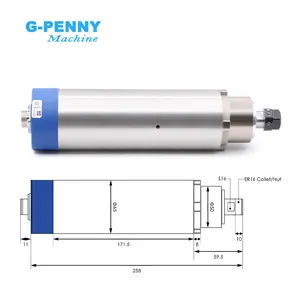



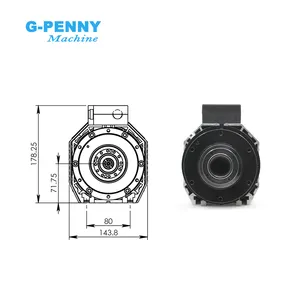

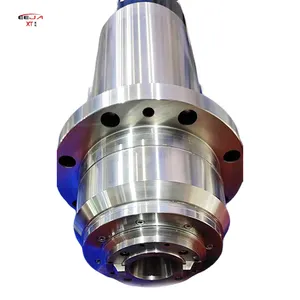

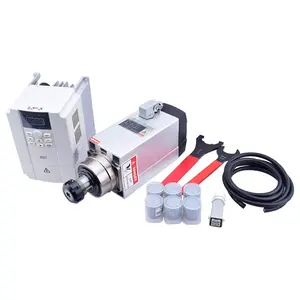

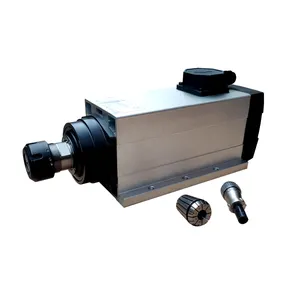
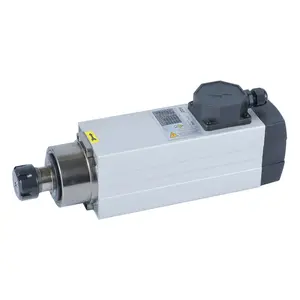



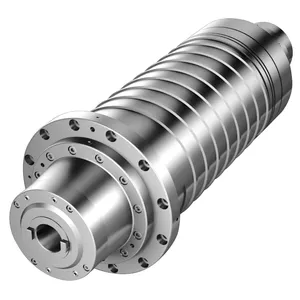
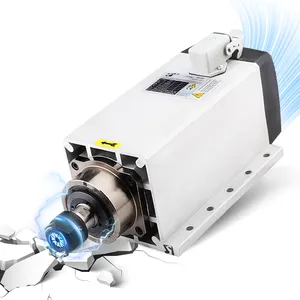

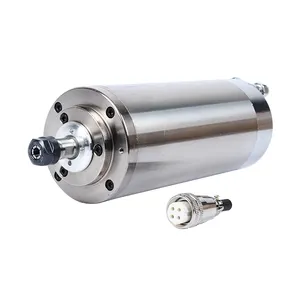


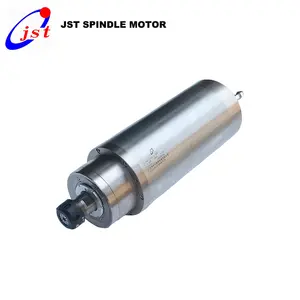




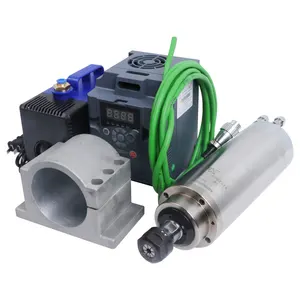



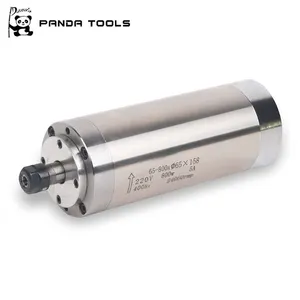

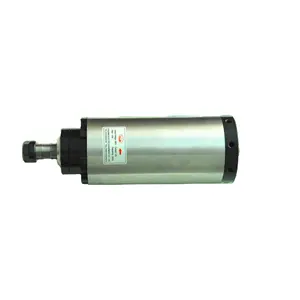


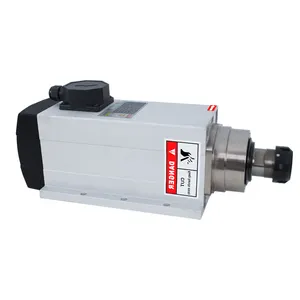






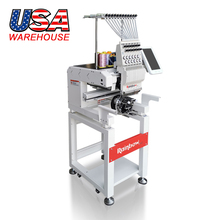
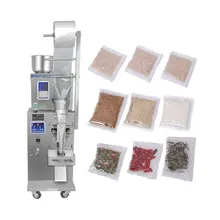

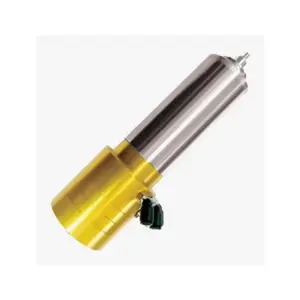

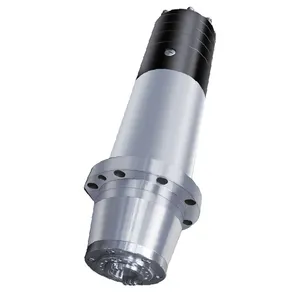

























 浙公网安备 33010002000092号
浙公网安备 33010002000092号 浙B2-20120091-4
浙B2-20120091-4